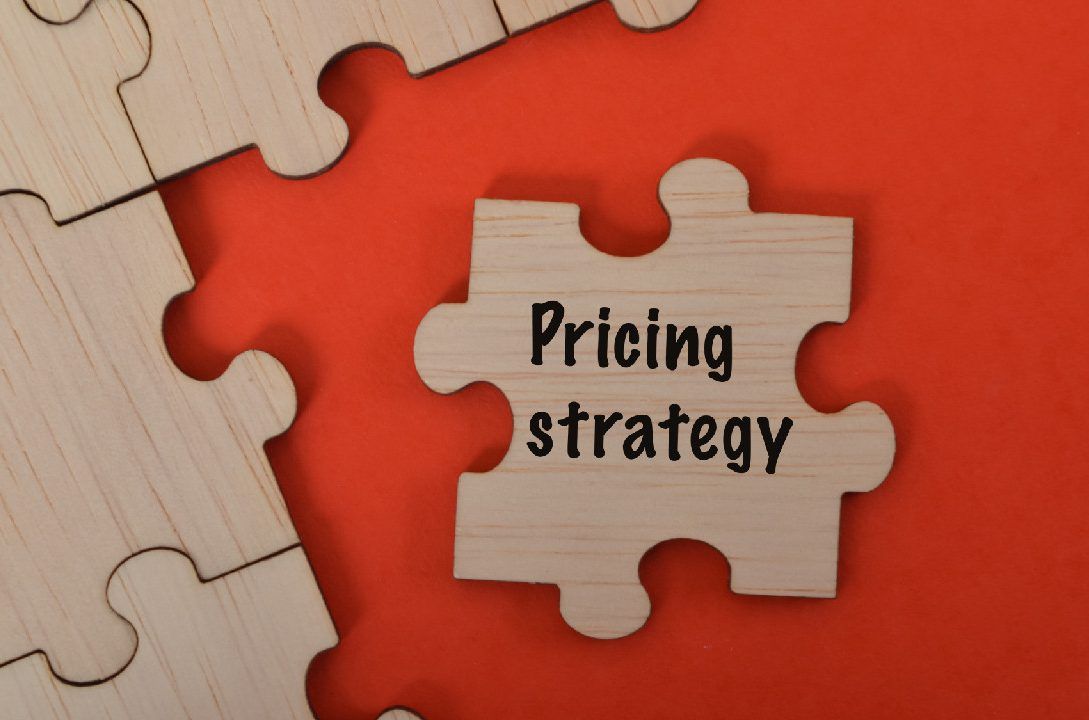Pricing is a critical aspect of any business strategy, as it directly influences revenue generation, market positioning, and customer perception. A well-crafted pricing strategy can make or break a business, impacting profitability and long-term success. In this blog, we will explore various pricing strategies used by businesses to drive growth, satisfy customers, and maintain a competitive edge in the market.
Understanding Pricing Strategies
Pricing strategies are deliberate approaches used by businesses to set the prices of their products or services. These strategies take into account various factors, including production costs, competitor pricing, customer demand, market dynamics, and perceived value. Choosing the right pricing strategy requires a deep understanding of the target market, competition, and the overall business objectives.
Common Pricing Strategies:
- Cost-Plus Pricing: This straightforward approach involves calculating the production cost of a product or service and adding a predetermined profit margin to arrive at the final price. While it provides a stable pricing structure, it may not consider customer demand or competitive pricing.
- Competitive Pricing: In this strategy, businesses set their prices based on the prevailing market rates and the prices offered by their competitors. This approach aims to be in line with industry standards, but it may lead to price wars and lower profit margins.
- Penetration Pricing: This strategy involves setting a lower price initially to gain market share and attract customers. Once a foothold is established, prices may be gradually increased. Penetration pricing is effective for entering new markets and generating early momentum.
- Skimming Pricing: Skimming involves setting higher prices for premium products or services, targeting customers willing to pay a premium for perceived higher value or exclusivity. This strategy allows businesses to maximize profit from early adopters.
- Value-Based Pricing: Value-based pricing focuses on the perceived value of a product or service to the customer. Pricing is determined by how much customers are willing to pay for the benefits and solutions offered. This approach aligns pricing with customer needs and preferences.
- Bundle Pricing: Bundle pricing offers packages or combinations of products or services at a discounted price compared to purchasing each item individually. It encourages customers to buy more while increasing the overall value of their purchase.
- Dynamic Pricing: This strategy involves adjusting prices in real-time based on various factors like demand, time of purchase, customer behavior, and inventory levels. Dynamic pricing is common in the e-commerce and travel industries.
- Psychological Pricing: Psychological pricing uses pricing tactics that leverage human psychology to influence buying behavior. Examples include setting prices just below round numbers (e.g., $9.99) or using charm pricing (e.g., $19 instead of $20).
Conclusion
Choosing the right pricing strategy is a delicate balancing act that requires careful consideration of both internal and external factors. Businesses must evaluate their cost structures, market dynamics, customer preferences, and competitive landscape to arrive at an optimal pricing strategy. An effective pricing strategy can lead to increased profitability, customer satisfaction, and a stronger market position. Continuous monitoring and adaptation to changing market conditions are key to maintaining pricing strategies that align with business goals and customer expectations.
Related Posts:
Get Started with a free 15 -day trial
No credit card required for Trial Plan
Continue using starter plan for free forever, after trial or upgrade to Premium Subscription





